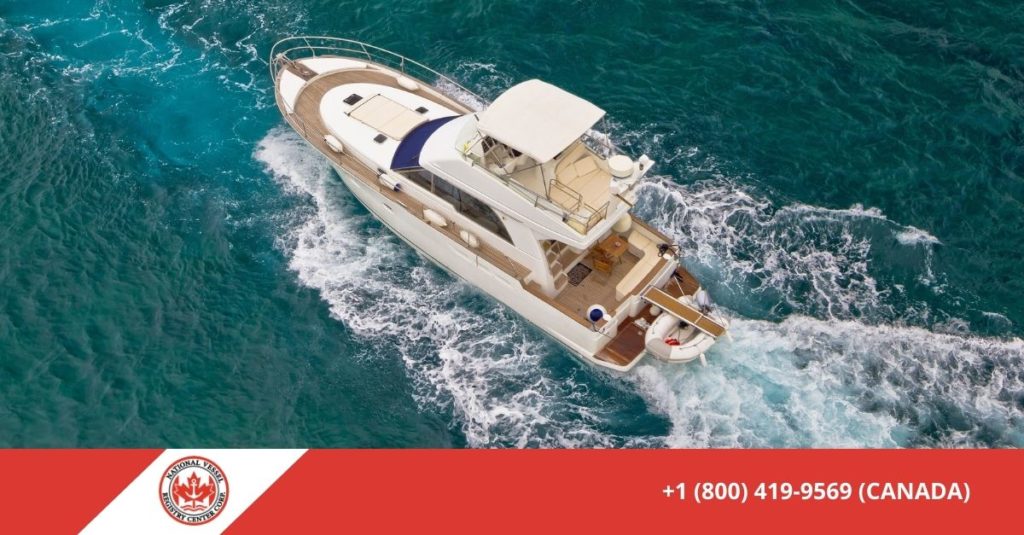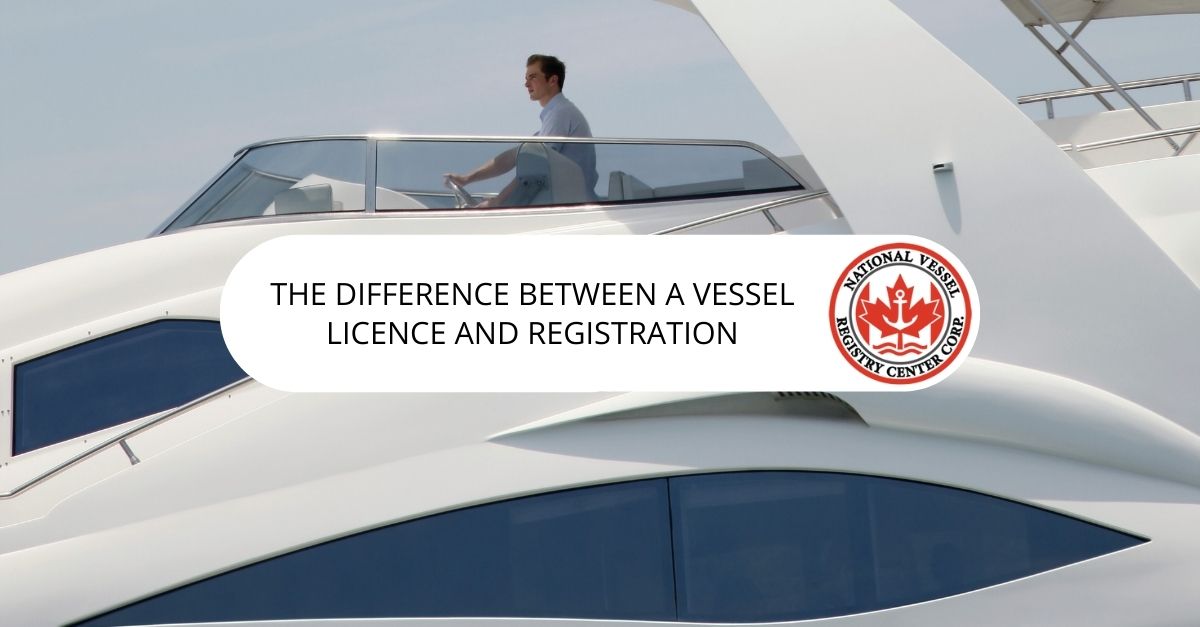Canadian boat owners must follow strict guidelines for registering or licensing their boats. This can get confusing as there is a distinct difference between licence and registration activities. Therefore, you need to follow specific rules, depending on whether you own a commercial boat or pleasure craft vessel.
So, What is the Difference Between a Vessel License and Registration?
To start with, you cannot license and register your boat. It has to be one or the other. For instance, if you own a non-pleasure craft with at least a 10 horsepower or 7.5 kW engine, you need to register your boat.
If you’re the owner of a pleasure craft, you have the option to register the vessel although it is not required. Many pleasure craft owners choose to register their vessels because it’s free and comes with some nice perks. Otherwise, you’ll need to pay $250 for a license.

What You Need to Know about Licensing
You can think of a licence in the same way as the licence you display on a truck or car. When you navigate the waters however, the licence is used to identify you in case of an emergency.
When you receive your licence number, you’ll need to display it on each side of the bow, above the water line, so it is clearly seen. This means the number should be presented in at least 3-inch (7.5 cm) high letters, block style. The numbers should contrast with the color of the bow.
If you’re caught navigating the waterways without a licence or your boat is not registered, you’ll get fined a sizable penalty. Therefore, you need to make sure you’re licensed and that you have supporting documents, such as your bill-of-sale to prove ownership, onboard at all times. Otherwise you can get into quite a bit of trouble.
How Registration Is Different
You will also note the difference between licence and registration when you review some of the benefits of registering. While you’ll receive a license number to display on a pleasure craft, if you choose this option, registration enables you to christen your boat with a name and record its port of anchorage.
A boat with at least a 10hp motor that’s a pleasure craft needs to be registered if you don’t choose to licence it. By registering your recreational boat, your boat’s name will be used to identify you should you experience an emergency. Therefore, the name must be memorable, preferably short and easy to say. After all, if a distress call goes over the waterways, you want your boat’s name to be clear to understand.
Marking Your Boat after Registration
You’re required to mark your boat with your boat’s name and port of anchor if you choose to add your boat to a registry. The name and port of registry should appear together on the hull’s exterior. If you own a commercial vessel, the name must be presented on each bow while the vessel’s name and port of registry must be added to the stem.
If your commercial vessel features a square bow, make sure the name is marked so it is clearly read. The marking should be at least 10 cm and presented with legible lettering and Roman or Arabic numerals.
The official number and registered tonnage, which are recorded on the reverse of the Certificate of Registry, must be included on a visible part of the hull’s interior. The letters, “N.R.T.” should appear before the tonnage recording and “O.N.” before the registry number.
Mark this information in block-style Arabic numbers that are at least 4 centimeters in height. Markings should be durable enough so you can see any attempts at altering or removing the I.D.
Proving Operational Competency
Your understanding of the difference between licence and registration of a boat also extends to a pleasure craft operator’s card or PCOC. Some people confuse getting a boat licence with getting an operator’s card to navigate the boat.
To operate a recreational; boat in Canada, you need to obtain training and get certified. This boat “licence” that you carry in your wallet or preferably onboard ship shows proof of competency. Generally, individuals 16 years or older can only operate a pleasure watercraft without supervision.
When You’re Required to Register a Pleasure Watercraft
Most people who operate pleasure watercraft will need to distinguish the difference between licence and registration guidelines. If you are faced with this decision, you’ll need to choose registration if you plan to navigate in non-Canadian waters or you need to finance your boat with a marine mortgage. In either of these cases, a licence is not enough.
Some boaters like the idea of giving their boat a name and anchor to call home. They also like the fact they can fly the Canadian flag while they navigate. If you’re interested in these perks, you’ll probably prefer registration over licensing.
Register or LIcense Your Boat through the National Vessel Registry
Otherwise, you can license your boat through the National Vessel Registry fast and easily. You can also review the site and quickly fill out the forms for registration or licensing. The difference between licence and registration needs your review before you choose between giving your boat a licence number or a unique name.

